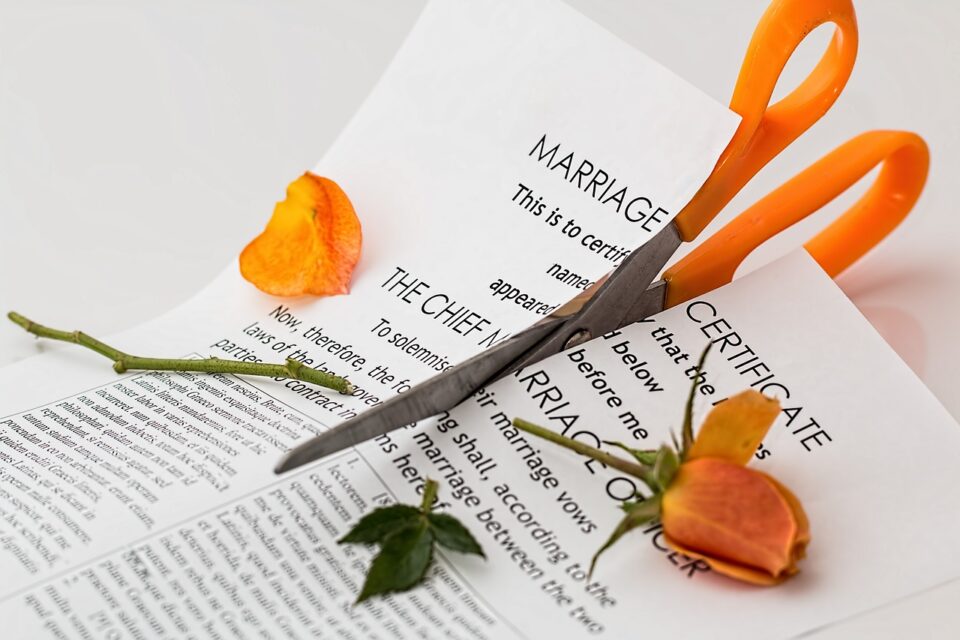Divorce is never an easy decision, but sometimes it’s the best thing for both parties. If you’re going through a divorce, you’re likely wondering what will happen to your assets. In many cases, the property that you and your spouse have acquired over the years will be divided between the two of you, just like what mentioned in the songs in nacho libre. This process is called asset division, and it can be a complicated one. Since things can go south extremely fast for you or even for your spouse. Before you tackle the process of dividing assets, be sure to understand what assets are divisible in a divorce and how the legal process works. Let’s get started.
What Are Divorce Assets?
 Let’s start by defining divorce assets. Divorce assets are any property, real estate, financial accounts, or other items a couple has acquired during their marriage. This could include anything from bank accounts to stocks and bonds. It could also include retirement accounts such as 401(k)s and IRAs, investments in businesses, cars, recreational vehicles like boats or RVs, and even furniture or art. In some cases, a spouse may even be able to claim part of the other spouse’s pension plan if it was acquired during the marriage.
Let’s start by defining divorce assets. Divorce assets are any property, real estate, financial accounts, or other items a couple has acquired during their marriage. This could include anything from bank accounts to stocks and bonds. It could also include retirement accounts such as 401(k)s and IRAs, investments in businesses, cars, recreational vehicles like boats or RVs, and even furniture or art. In some cases, a spouse may even be able to claim part of the other spouse’s pension plan if it was acquired during the marriage.
Note that those assets are divided depending on the state in which you live. Some states follow community property laws, meaning all assets acquired during the marriage are considered shared property and must be divided equally between spouses. Other states use an equitable distribution system, which takes into account factors like each spouse’s income and earning potential, as well as who will have primary custody of any children from the marriage.
How Are Divorce Assets Divided?
Once assets have been identified as being marital property, they must then be equitably divided between the couple. This can be done in a few different ways. The most common method of division is an outright cash payment from one spouse to the other, either immediately or over time. Other division methods include offsetting assets with debts, trading assets (such as a house for another asset), transferring ownership of an asset, or even allowing both spouses to retain an ownership interest in the asset.
In some cases, it may be best for both parties to agree to an equal split of all marital assets. This is called a “fair and equitable” division, but it doesn’t necessarily mean that each spouse will get exactly half of the assets. The court will consider factors such as who was the primary breadwinner during the marriage, who will have primary custody of any children, and whether one spouse needs more financial support than the other.
How Do I Protect My Assets in a Divorce?
 Now that you’ve learned the basics of divorce assets, you may be wondering if your personal assets are protected in a divorce. Unfortunately, the answer is not so simple. In most cases, personal assets are considered separate property and are not subject to division in a divorce. However, if you have commingled your personal assets with marital funds or used them to buy marital property, they can become subject to division.
Now that you’ve learned the basics of divorce assets, you may be wondering if your personal assets are protected in a divorce. Unfortunately, the answer is not so simple. In most cases, personal assets are considered separate property and are not subject to division in a divorce. However, if you have commingled your personal assets with marital funds or used them to buy marital property, they can become subject to division.
To protect yourself from this happening, it’s a must to make sure you keep your finances separate from those of your spouse. If you’re facing a divorce, it’s essential to understand your rights and options when it comes to dividing up your assets. An experienced family law attorney can help advise you on how best to protect your interests and reach a fair settlement with your ex-spouse. With careful planning and guidance, you can navigate this difficult time and come out successfully on the other side.

